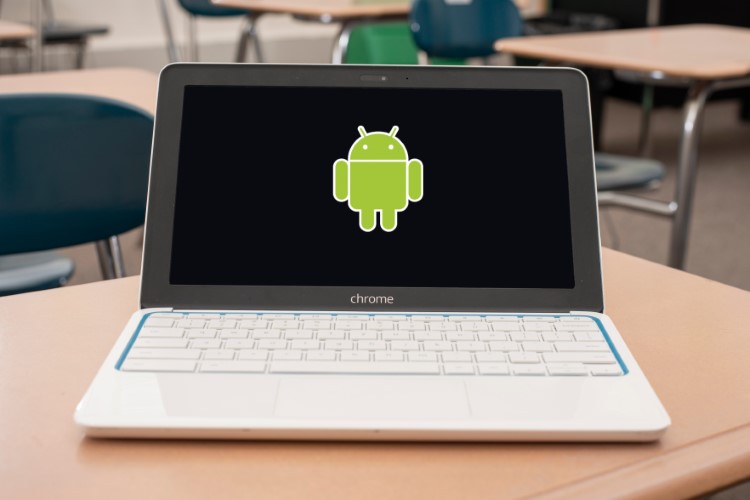

- #Android emulator for chromebook without webstore Pc#
- #Android emulator for chromebook without webstore windows#
The technique was always flawed but has become largely redundant owing to Responsive Web Design techniques, and it was unsustainable given the number of devices available on the market. In extreme cases, the viewer would be directed to a different site. This can be examined on the client or server-side and, during the dark days of web development, would be used to modify or provide a different user experience. and pixel ratio (such as 2 for iPhone Retina screens where the pixel density is twice as high as the reported viewport resolution)Īll browsers identify themselves with a user agent string sent on every HTTP header.a classification such as “Mobile” or “Tablet”.You can enable or disable devices or enter your own by defining: Click Edit… at the bottom of the device drop-down or click the DevTools Settings cog icon and choose the Devices tab: Several dozen presets are provided for popular smart phones and tablets, including iPhones, iPads, Kindles, Nexus tablets, Samsung Galaxy, and so on. The drop-down menu on the left allows you to select a device. ORANGE: queries which target a minimum widthĪny bar can be clicked to set the emulator screen to that width.GREEN: queries which target widths within a range.BLUE: queries which target a maximum width.Select Show media queries from the three-dot menu to view a graphical color-coded representation of all media queries set in the CSS. capture a screenshot (including the device frame if shown).the device frame (if available, a graphic of the phone or tablet).The three-dot menu allows you to show or hide additional controls: the scale (the screen can be zoomed in or out to fit better in the emulator pane).It’s worth spending a little time familiarizing yourself with the toolbar and menu above the mobile emulator: Hold down Shift then click and move your mouse to emulate pinch zooming. Mouse-specific events and CSS effects should not occur. This will react to touch-based JavaScript events such as touchstart, touchmove and touchend. Move your mouse over the device to see a circular “touch” cursor. The dimensions of the emulated screen can be changed when Responsive is selected as the device type. You can now enable the browser emulator by clicking the Toggle device toolbar icon in the top left:
#Android emulator for chromebook without webstore windows#
Start Chrome, navigate to the web page you want to test and open the Developer Tools (Menu > Tools > Developer Tools, Cmd + Opt + I on macOS or F12 / Ctrl + Shift + I on Windows and Linux).


#Android emulator for chromebook without webstore Pc#
It can help identify early problems without leaving the comfort of your PC and development environment. But how can you test your system during development and avoid the pain of managing and switching between multiple devices?įortunately, all modern browsers offer mobile emulation tools, and one of the best can be found in Chrome. Features such as mouse hover won’t necessarily work and your application could be inoperable. If you’re coding on a regular PC with a mouse and keyboard, it’s difficult to appreciate how your masterpiece will operate. The process is complicated further by touch-screens, hybrid devices, and high-density displays. In extreme cases, it could take as long as the original development. Your latest masterpiece must be rigorously evaluated on a range of mobile, tablet and desktop devices with differing OSs, screen resolutions, and capabilities. The days of checking functionality in a couple of browsers are long gone. Website testing has become increasingly complex.


 0 kommentar(er)
0 kommentar(er)
